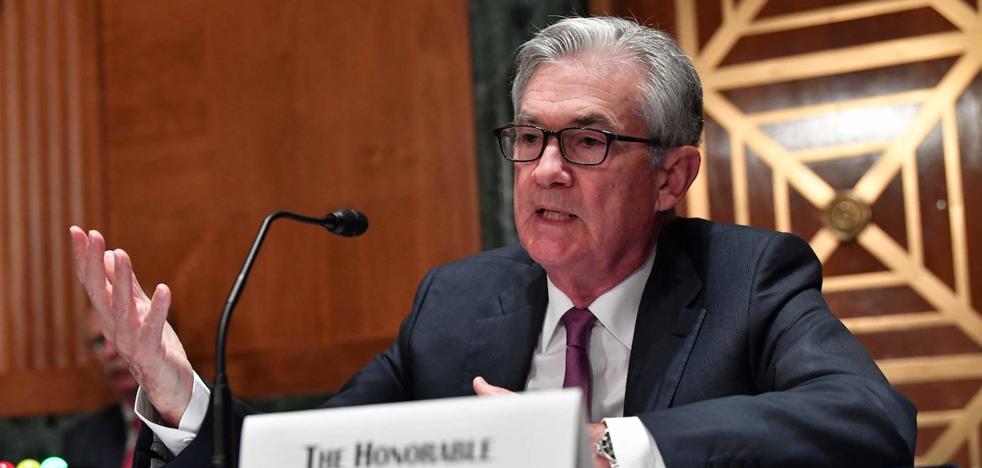Europe’s switch from Russian pipeline gas to liquefied gas, which is sourced from countries such as the US and Qatar, is driving an unprecedented run on corresponding tankers: more than twice as many were ordered in 2022 as in the previous year. But there is no joy in the shipyards launching these high-tech transporters.
There are currently 641 ships carrying liquefied gas – the so-called Liquified Natural Gas, or LNG for short – on the shipping lanes of the world’s oceans. Costs for one of the tankers equipped with a complex cooling infrastructure: 230 million euros. The shipbuilders’ order books are full: 163 new LNG tankers were ordered in 2022. In 2021 that was not even half. Shipyards are gearing up for full production – and still not counting on maximum profit.
Source: Krone
I’m Ben Stock, a journalist and author at Today Times Live. I specialize in economic news and have been working in the news industry for over five years. My experience spans from local journalism to international business reporting. In my career I’ve had the opportunity to interview some of the world’s leading economists and financial experts, giving me an insight into global trends that is unique among journalists.



